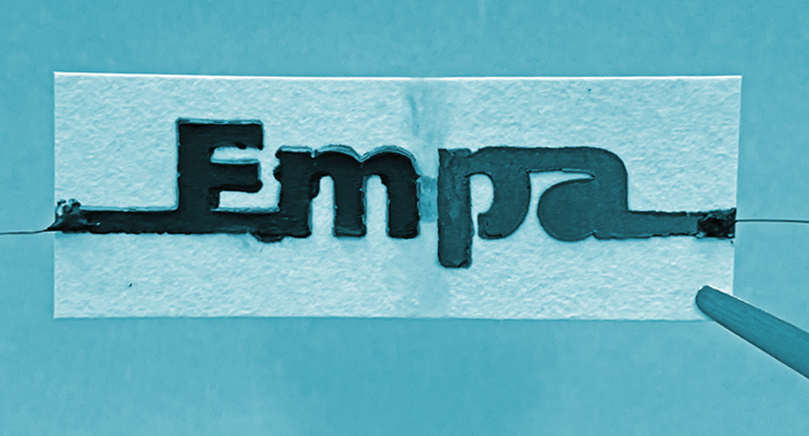The device, designed and built by EMPA researchers, could power low-power electronic devices, serving as an alternative to conventional batteries.
You can’t do without the disposable battery, at least for now. In the field of low-power electronics, especially disposable ones, these batteries offer, in fact, the best solution in terms of design and practicality of use. It is therefore necessary, given the situation, to adopt solutions that minimise the impact of the disposable battery on the environment.
The paper battery, designed by Gustav Nyström in EMPA’s Swiss laboratories, consists of three inks printed on a rectangular strip of paper to form a one-square-centimetre cell.
The Swiss team placed sodium chloride over the entire strip, dipping one end in wax. On one of the sheets of paper they then placed an ink containing graphite, which acts as the positive pole of the battery. A second ink containing zinc powder was placed on the back to make the negative pole. A third ink containing traces of graphite and carbon pigment finally coated both sides.
By adding a quantity of water, the salts that coat the paper dissolve, releasing charged ions to make the strip conductive. As the ions disperse, the zinc in the ink oxidises and releases electrons, which are then transferred via the inks to the graphite cathode. The subsequent reaction with oxygen in the air thus generates an electric current that can be used to power external devices.
During the study, the team successfully combined two cells to start an alarm clock with a liquid crystal display, achieving a stable voltage of 1.2 volts, just below the 1.5 volts of a standard alkaline battery. The activation time was about 20 seconds.
“The special feature of our new battery is that, unlike many metal air batteries that use a metal foil that gradually wears out as the battery runs down, our design allows only the amount of zinc to be added to the ink that is actually needed for the specific application,” concluded Nyström

Author: Alessandro Volpe